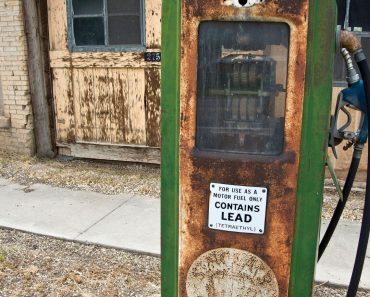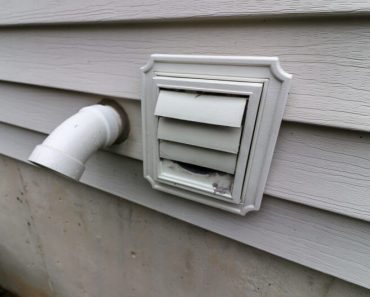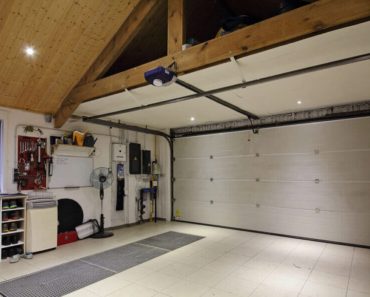Embarking on a DIY home improvement journey can be both exhilarating and daunting. But when it comes to optimizing your home’s energy efficiency and comfort, the garage often takes a backseat. Yet, this could be your game-changer! 🎯 Grasping the best methods for DIY garage insulation can significantly uplift the functionality and appeal of your home. In this in-depth guide, we’ll walk you through these methods, ensuring your DIY venture is a resounding success.

Why Should DIY Garage Insulation Be Your Next Project? 🤔
Garage insulation isn’t just about keeping the cold out during those frosty winters. The benefits are multifaceted:
- Stabilized Temperatures: No more shivering in winter or sweltering in summer when you venture into the garage.
- Energy Efficiency: Proper insulation can reduce energy bills, keeping the warmth in and the cold out.
- Noise Reduction: If you’re working with loud tools or just want to block out external noise, insulation can be your savior.
Decoding Insulation Types: Finding the Perfect Fit for Your Garage 🕵️
Before diving into the best methods for DIY garage insulation, it’s crucial to distinguish between the various insulation types and their potential fit for your project:
| Insulation Type | Material | Advantages | Drawbacks |
|---|---|---|---|
| Batt Insulation | Fiberglass, Mineral Wool | User-friendly, affordable | Might not seamlessly fit all spaces |
| Foam Board | Polystyrene, Polyurethane | High insulating properties, thin profile | Slightly pricier, requires precise cuts |
| Spray Foam | Polyurethane | Comprehensive coverage, high insulation quality | Pricier, demands careful handling |
| Reflective | Aluminum foil | Stellar for hot climates, lightweight | Less potent in colder climates |
Note: The ‘R-value’ signifies an insulation material’s resistance to heat flow. Materials with a higher R-value offer superior insulation.
Best Methods for DIY Garage Insulation: A Step-by-Step Guide 🚀
Insulating your garage can be an empowering DIY project, giving you not just a sense of accomplishment but also a more energy-efficient and comfortable space. Each insulation type has its peculiarities, and understanding how to apply each can make your task simpler and more effective. Here’s a deeper look into the step-by-step procedures for each method:
1. Batt Insulation Installation
Batt insulation, typically made from fiberglass or mineral wool, comes in pre-cut panels, which can be tailored to fit your space.
Materials Needed:
- Batt insulation (fiberglass or mineral wool)
- Utility knife
- Tape measure
- Staples/staple gun (for paper-faced batts)
Procedure:
- Begin by cleaning the surface of the wall between the studs.
- Measure the height and width of the space between the studs.
- Using a sharp utility knife, cut the batt insulation according to the measurements.
- Fit the insulation between the studs, ensuring it sits flush against the wall without any gaps.
- For paper-faced batts, staple the flanges of the paper facing to the front edge of the stud.
2. Foam Board Insulation
Foam boards provide excellent insulation and are relatively easy to install due to their rigidity.
Materials Needed:
- Foam board panels
- Utility knife or saw
- Construction adhesive
Procedure:
- Measure the spaces between your studs.
- Cut the foam boards accordingly using a utility knife or saw.
- Apply construction adhesive on the back of the foam board.
- Press the foam board between the studs, ensuring a snug fit. Trim any excess.
3. Spray Foam Insulation
Spray foam offers a comprehensive insulation solution, filling up every nook and cranny.
Materials Needed:
- DIY spray foam kit
- Safety goggles and mask
- Gloves
Procedure:
- Read the manufacturer’s instructions thoroughly.
- Ensure your garage is well-ventilated.
- Put on safety goggles, a mask, and gloves.
- Shake the spray foam containers as per the manufacturer’s recommendation.
- Connect the hoses, turn on the valve, and spray the foam into the gaps between the studs. Remember, the foam expands, so avoid overfilling.
- Allow the foam to set and expand fully. Once cured, trim off any excess using a knife.
4. Reflective Insulation
Perfect for those residing in warmer climates, reflective insulation redirects heat away from your garage.
Materials Needed:
- Reflective insulation rolls
- Utility knife or scissors
- Staple gun and staples
Procedure:
- Measure the distance between the studs.
- Cut the reflective insulation according to the measurements.
- Hold the insulation against the studs and staple it in place, ensuring it’s taut and smooth.
- Ensure the shiny, reflective side of the insulation faces the interior of the garage for optimal performance.
By meticulously following these methods, you can effectively insulate your garage, ensuring a comfortable space while also boosting your home’s energy efficiency. 🌟🔨
Safety First! DIY Doesn’t Mean Compromising Safety 🚧
- Ventilate: Especially crucial when working with spray foam, ensure your workspace is airy.
- Suit Up: Always wear protective gloves, safety goggles, and a mask.
- Steer Clear of Wiring: Insulating near electrical outlets or wires requires caution to avert potential hazards.
Safety Tip: Always adhere to manufacturer guidelines when using insulation materials. It’s better to be safe than sorry!
Crunching Numbers: What Will Your DIY Insulation Project Cost? 💸
Your expenditure on DIY garage insulation hinges on your chosen material and garage size. Here’s a rough estimate:
- Batt insulation: $0.50 – $1.00 per square foot
- Foam board: $0.80 – $2.00 per square foot
- Spray foam: $3.00 – $5.00 per square foot (with DIY kits)
- Reflective insulation: $0.10 – $0.25 per square foot
Money-saving Tip: Some insulation methods may initially seem pricier but can provide substantial long-term energy savings.
Clearing the Air: FAQs on DIY Garage Insulation 🧐
Q: How do I ascertain the quantity of insulation material I require?
A: Measure your garage walls’ height and width to get the square footage. Purchase a little extra to accommodate any errors or adjustments.
Q: Should I insulate my garage ceiling too?
A: If your garage adjoins your house or if there’s a room above, insulating the ceiling can amplify your energy savings.
Wrapping Up: Gear Up for a Cozier Garage Experience 🌟
Embracing the best methods for DIY garage insulation not only elevates the comfort and efficiency of your home but also imparts a sense of accomplishment. Whether your garage is a sanctuary for crafts, a hub for DIY projects, or a simple parking spot, insulation can metamorphose it into a welcoming extension of your home. Dive in and happy insulating! 🥳🔧





